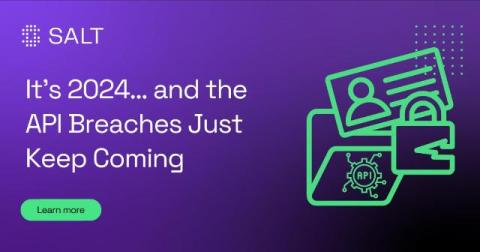What Is Password Rotation?
Password rotation is the practice of changing and resetting passwords at regular intervals to minimize security risks and unauthorized access to private information. There are two main types of password rotation: manual and automatic. Manual password rotation refers to the process of changing a password yourself, while automatic password rotation relies on a system to generate a new password and replace the old one.











